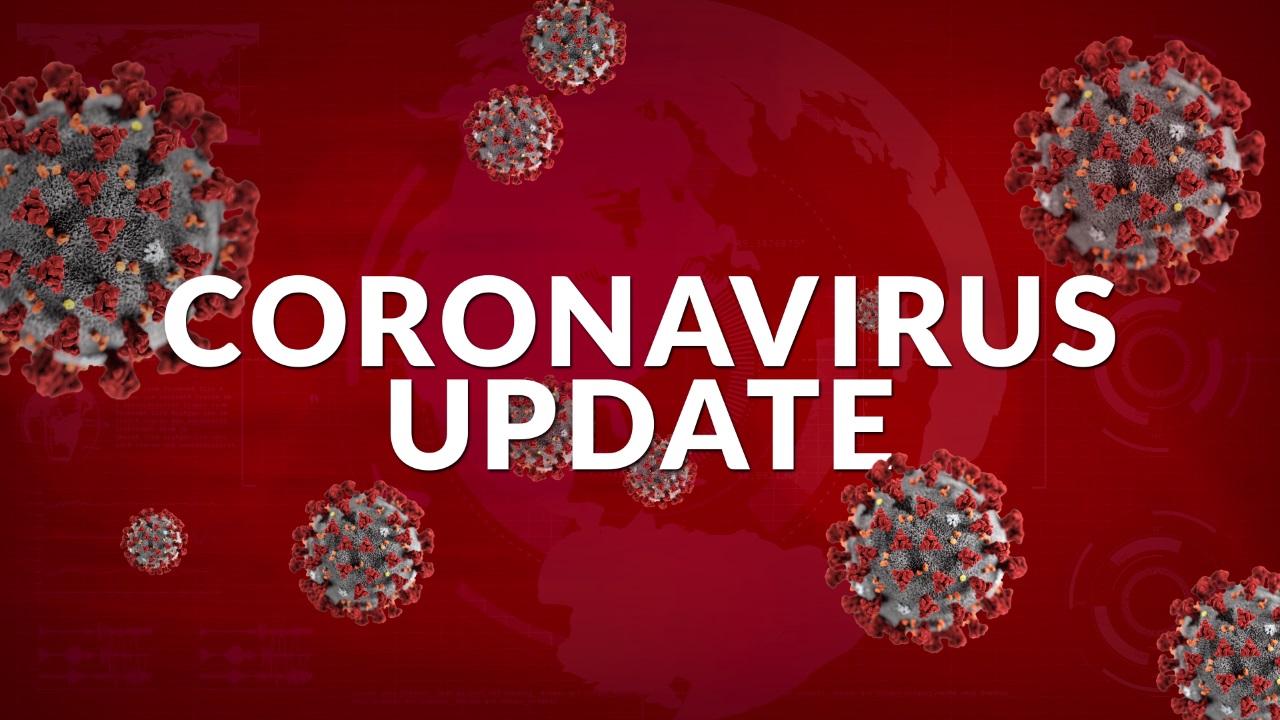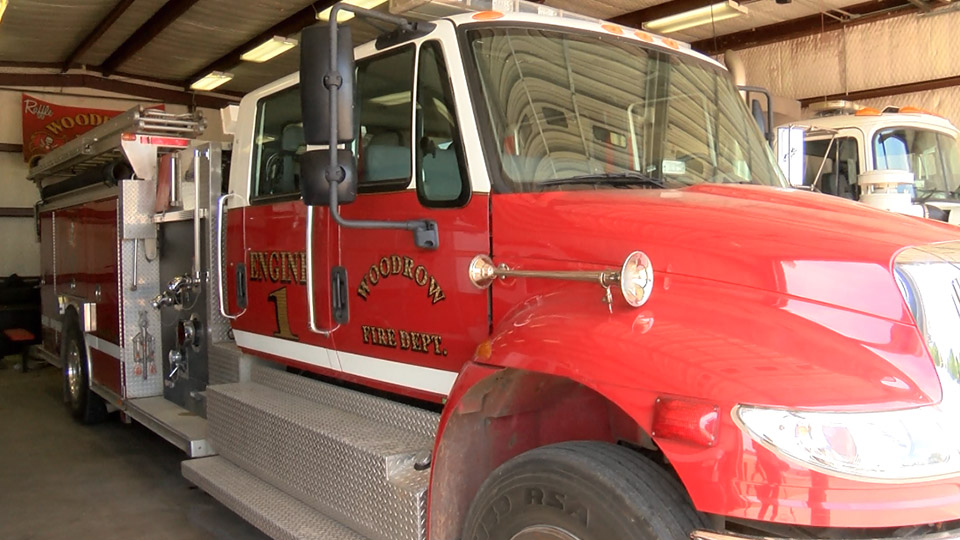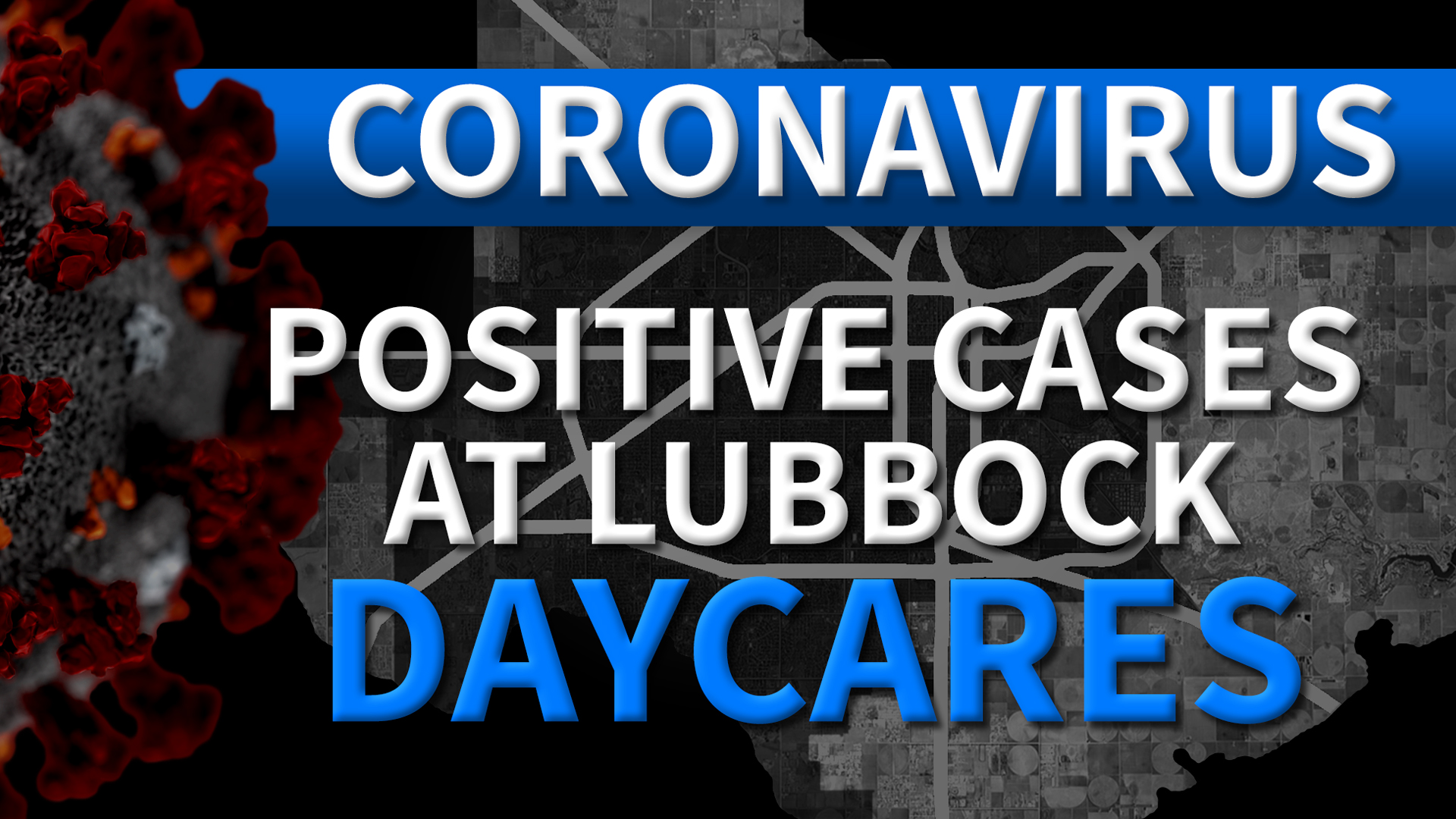A new mapping tool by the University of Texas System shows there are great disparities in infant death rates among some neighboring zip codes in Texas.
“Our overall rate for infant mortality at 5.7 per 1,000 babies born is better than the national average, but I think our data shows that’s for the state as a whole, but there are these pockets where these infant mortality rates are really pretty bad,” Dr. David Lakey, Vice Chancellor for Health Affairs and Chief Medical Officer at the University of Texas System, said.
Lakey said what inspired the creation of this tool was due to the challenging nature of understanding the state’s infant mortality data.
“Texas is a very large state, so you can mask areas and pockets of poor health outcomes because Texas is so large,” he said.
Lakey says to get a better understanding of infant mortality rates, it will require looking at all aspects of living and care from a smaller, local level, starting with these communities. Researchers compiled four years worth of birth data when creating this mapping tool. He points out how the tool shows zip codes close to one another can have drastically different statistics and that this can be attributed to a variety of factors requiring more analysis.
“Poverty, education, income, how the community works together on these types of issues – the availability of prenatal care in the community – and the access overall,” Lakey said.
Fifteen of the included zip codes did not experience a single infant death during the four-year period, while 59 experienced more than one percent of infants dying before their first birthday, according to the website. Lakey said they calculated infant mortality rates for zip codes based on ethnicity as well, which showed stark differences in some areas.
“There are some zip codes where African Americans are doing really well and there are other zip codes in really close proximity where the rates can be six, seven, eight times higher in the same city,” he said.
Lakey encourages local community leaders to use this tool to address the issue in their own cities.
“It helps state agencies, local health departments, local researchers to concentrate their efforts in certain areas of their city,” he said.
Local doctors and non-profits focused on providing care to new families and infants say this type of information can be critical when developing advanced care,
“Data is really useful for us because it helps us inform how we design our program, so we ensure we’re designing programs that meet the needs of our families within our community,” Any Baby Can president and CEO Veronda Durden said.
They cite how it can help provide an additional layer of context in the data they work with as they try to hone in on different factors that can contribute to the infant death rate.
“Is the air quality poor in an area like that? What is the socioeconomic status, the access to prenatal care or even pediatric care?” Dr. Molly Pont, medical director of the neonatal intensive care unit at Dell Children’s Hospital, said.



























